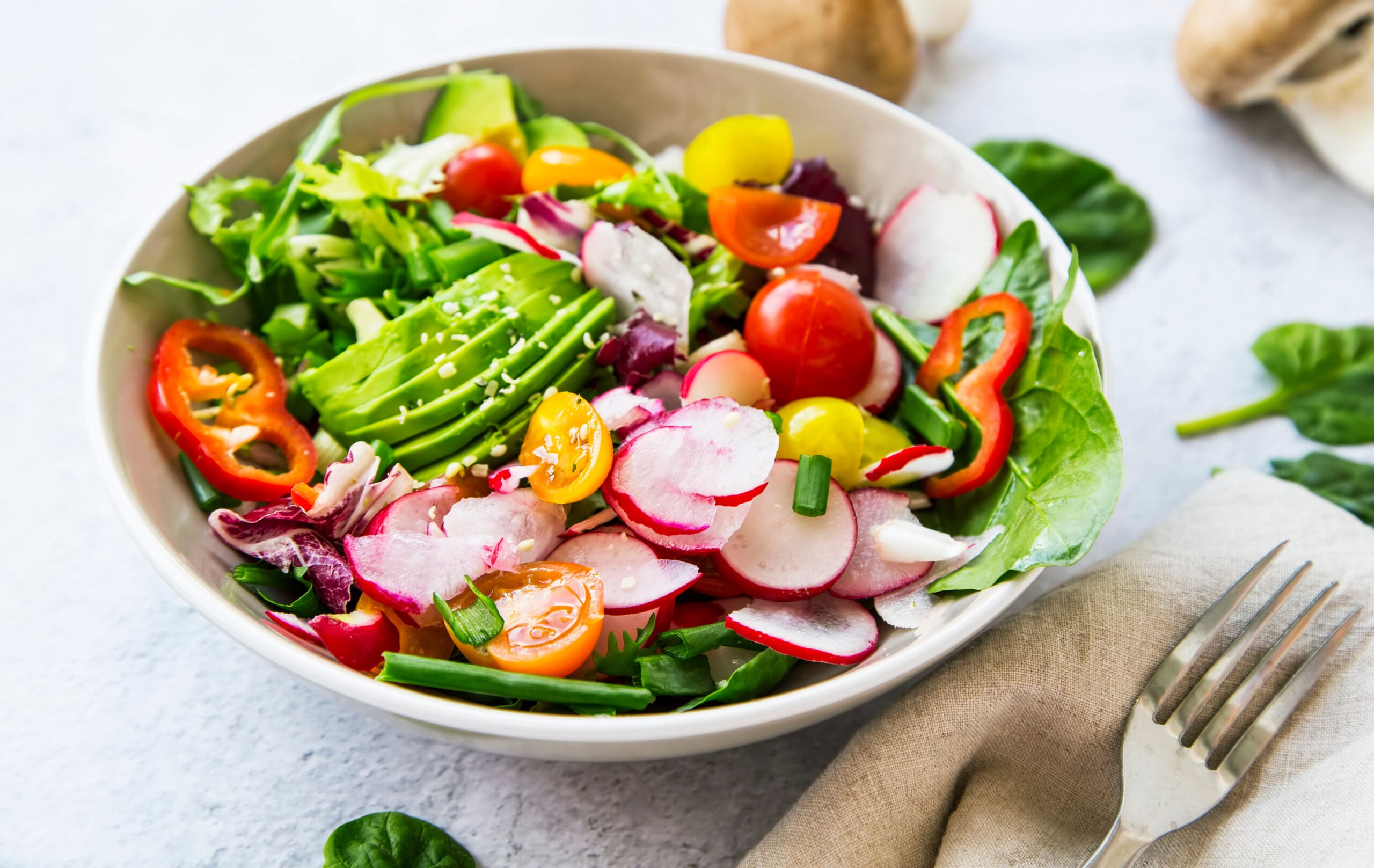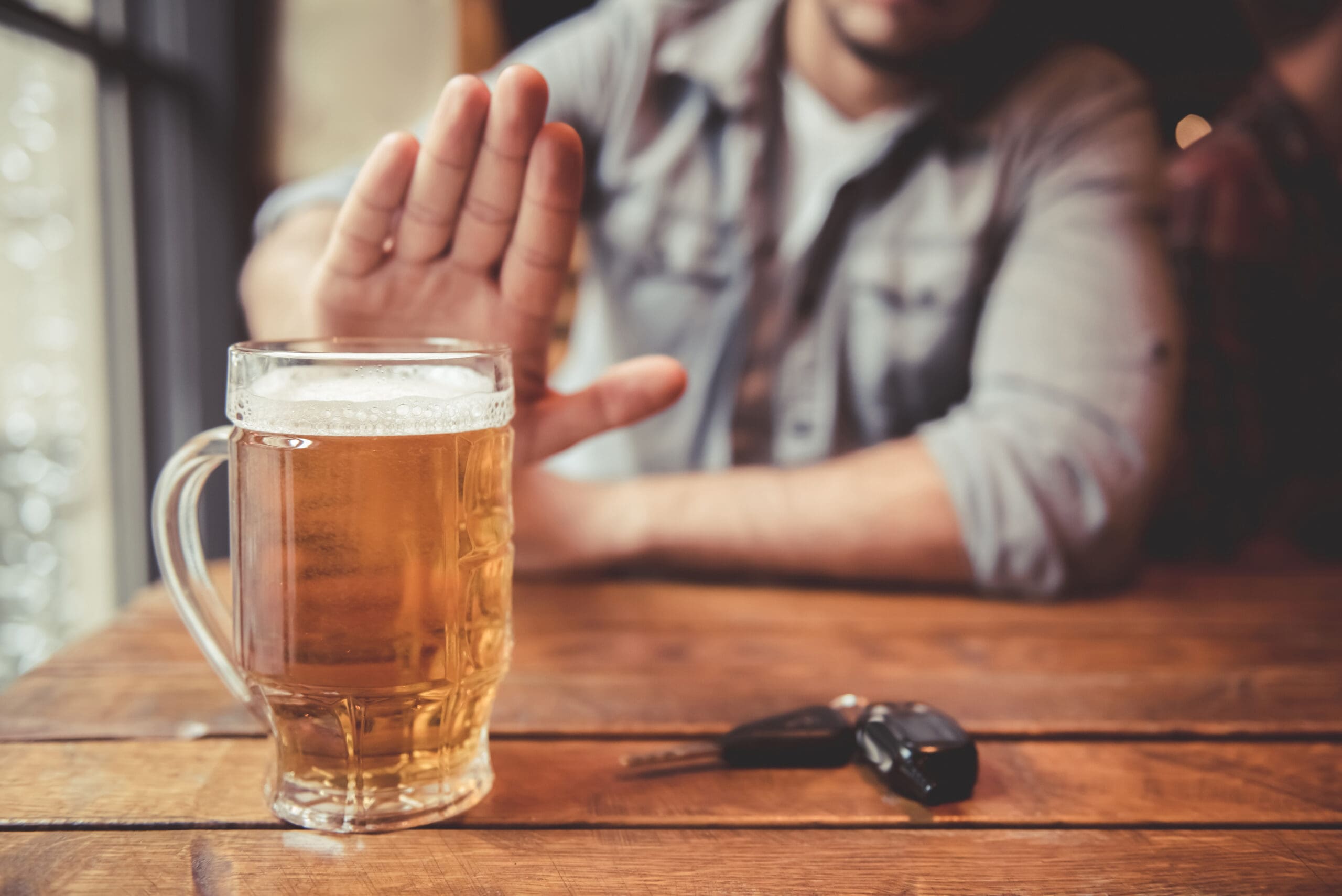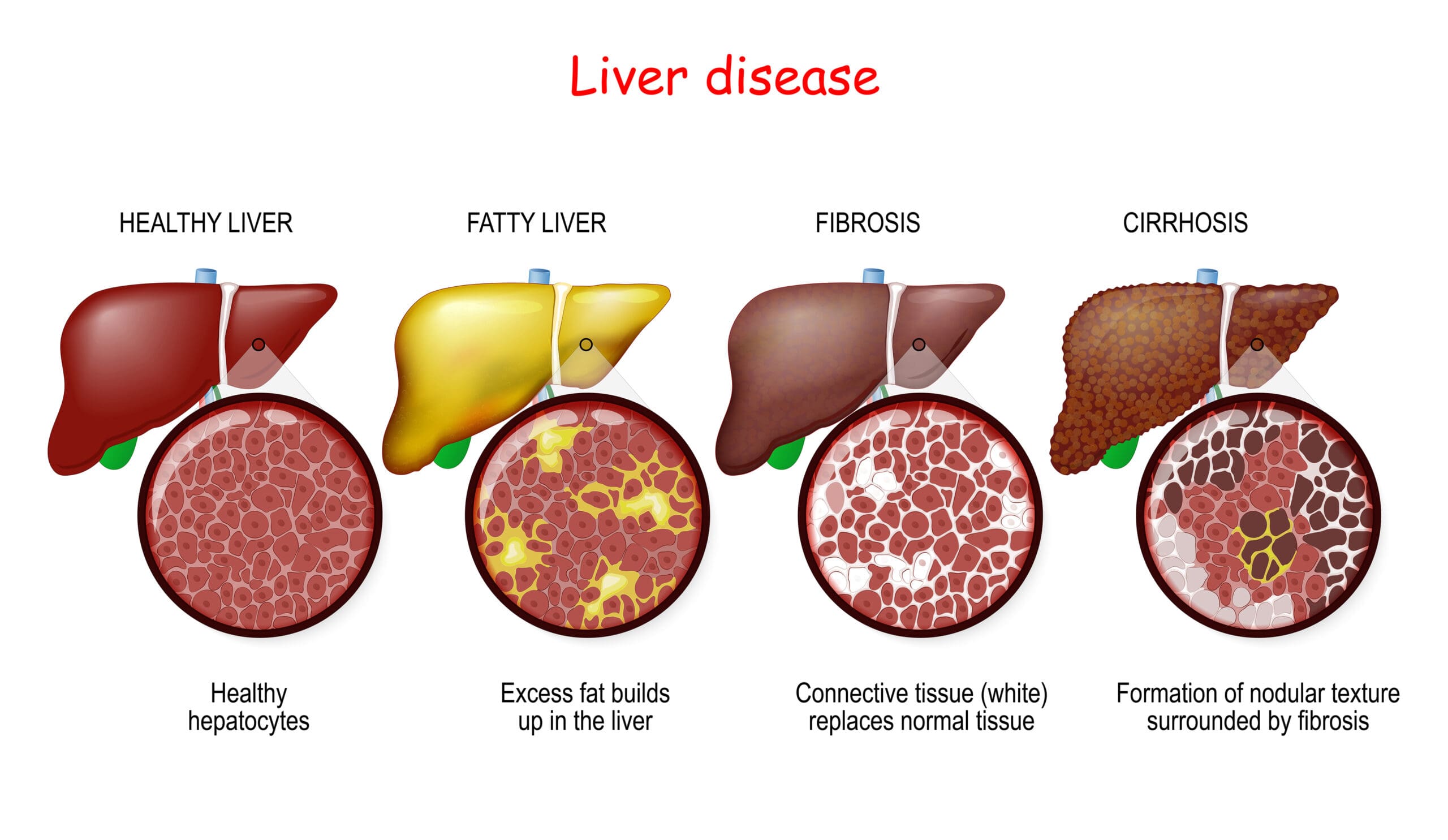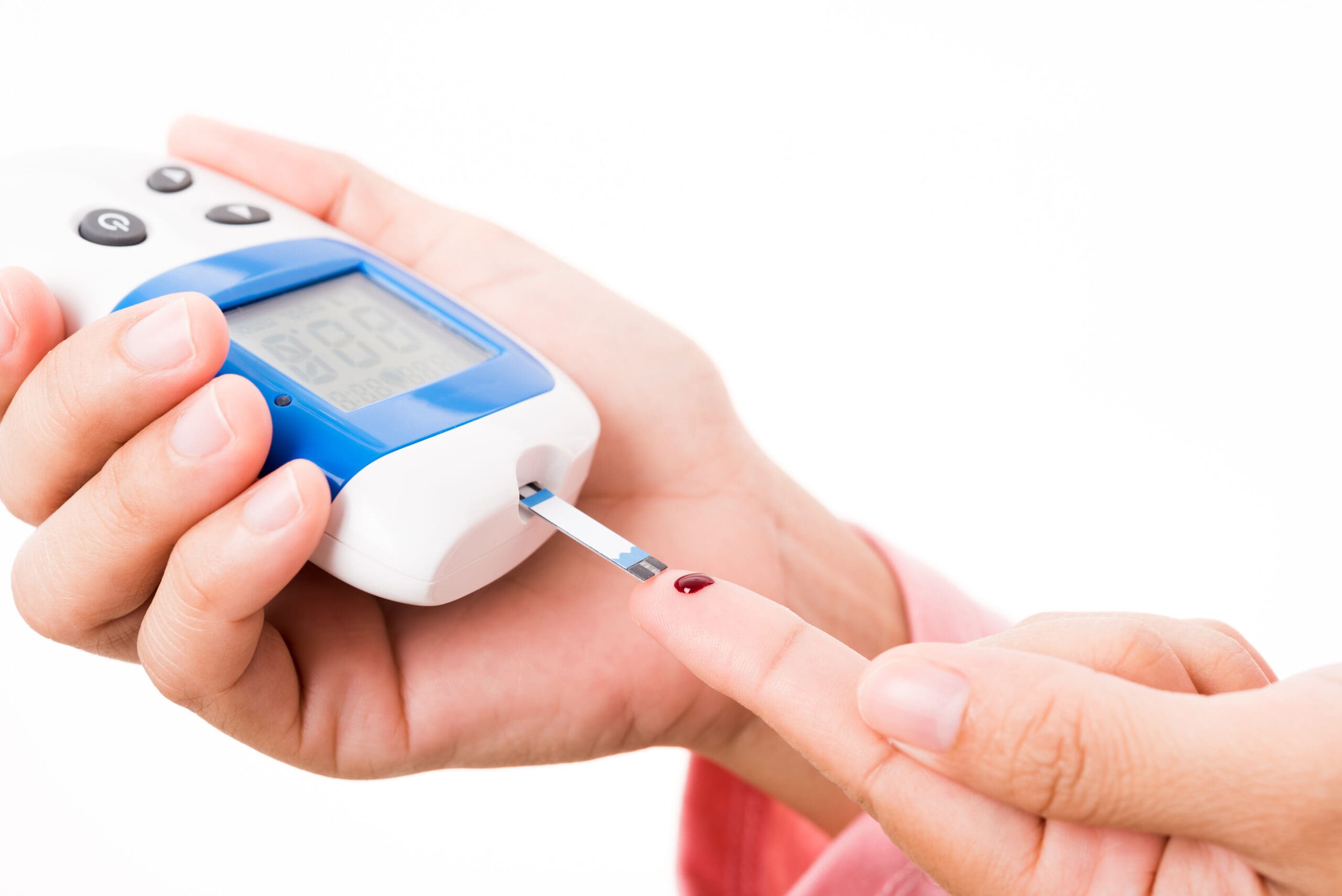Young people are developing liver fibrosis
By naturopath Margaret Jasinska
New research has found up to one in seven young adults with obesity and type 2 diabetes have already developed significant liver fibrosis. Fibrosis means scarring, or cirrhosis. This finding highlights the need to test liver health and function in this population.
Researchers tried to assess the prevalence of liver fat levels and clinically significant scarring (stage 2 or higher) in young adults without a history of fatty liver. 1420 individuals aged 21 to 79 years with or without type 2 diabetes were included from outpatient clinics at the University of Florida.
Every person underwent assessment of liver stiffness via transient elastography, with magnetic resonance elastography or liver biopsy. Each individual also underwent a medical history review, physical examination, and blood tests to rule out other causes of liver disease.
The findings showed that 52 percent of participants had fatty liver and 9.5 percent had clinically significant fibrosis. There were no significant differences in the frequencies of fatty liver or clinically significant fibrosis between young and older adults. Having either type 2 diabetes or obesity increased the prevalence of both hepatic steatosis (fatty liver) and fibrosis in both young and older individuals.
This is a good reminder that youth is no protection against liver disease. You can be in your 20s or 30s and have significant damage occurring to your liver. This can adversely affect your mood, energy, hormones and immune system. If your liver is unhealthy, the rest of your body will suffer.
How to protect your liver if you’re a type 2 diabetic
The closer you are to a healthy body weight, and the closer to normal your blood sugar level is, the better the health of your liver. Diabetes promotes abdominal weight gain, and this is the most dangerous body part to store excess fat. Fat doesn’t just sit under your skin; it actually gets inside your abdominal cavity, in amongst your organs and then starts to infiltrate various organs such as the liver and pancreas.
Our book called Diabetes Type 2: You can reverse it Naturally contains a lower carbohydrate, higher protein eating plan specifically designed for diabetics.
Other strategies to protect your liver:

Minimise sugar and flour and the foods and drinks that contain them. Also avoid industrial seed oil and every food that contains it. The only safe vegetable oil to consume is extra virgin olive oil, cold pressed macadamia nut or avocado oil and coconut oil. In experiments done on rats, when they are fed sugar and vegetable oil, they develop a fatty liver. Avoid cottonseed oil, as it is particularly toxic to the liver. Many cafes cook food in cottonseed oil.

Increase your intake of vegetables, especially raw vegetables. Your liver needs the antioxidants, vitamins and minerals found abundantly in these foods. Most people eat nowhere near enough vegetables. Ideally you would have seven serves of vegetables per day; a serve is half a cup of chopped vegetables, or one cup of leafy vegetables.

Minimise or avoid alcohol. If you are overweight and have a mild fatty liver, alcohol will speed the progression of fatty liver and greatly increase the risk of cirrhosis. A high alcohol intake usually results in high blood triglycerides. This is often a clue that fatty liver is present. Alcohol promotes visceral fat accumulation. It makes people fat on the inside.

Try to minimise snacking or grazing. Insulin levels fall when you are fasting; you want your insulin level to be lower if you’re prediabetic or a type 2 diabetic. Try to just eat two or three meals per day and fast between meals.

Exercise regularly. Exercise helps your body to burn fat from the areas you can see, such as your thighs and triceps, but also helps to clear fat from areas you can’t see, such as your liver, pancreas, arteries and other organs.
For more information about keeping your liver healthy, see the book Fatty Liver: You Can Reverse It.
Reference: https://onlinelibrary.wiley.com/doi/full/10.1002/oby.24130









Leave A Comment